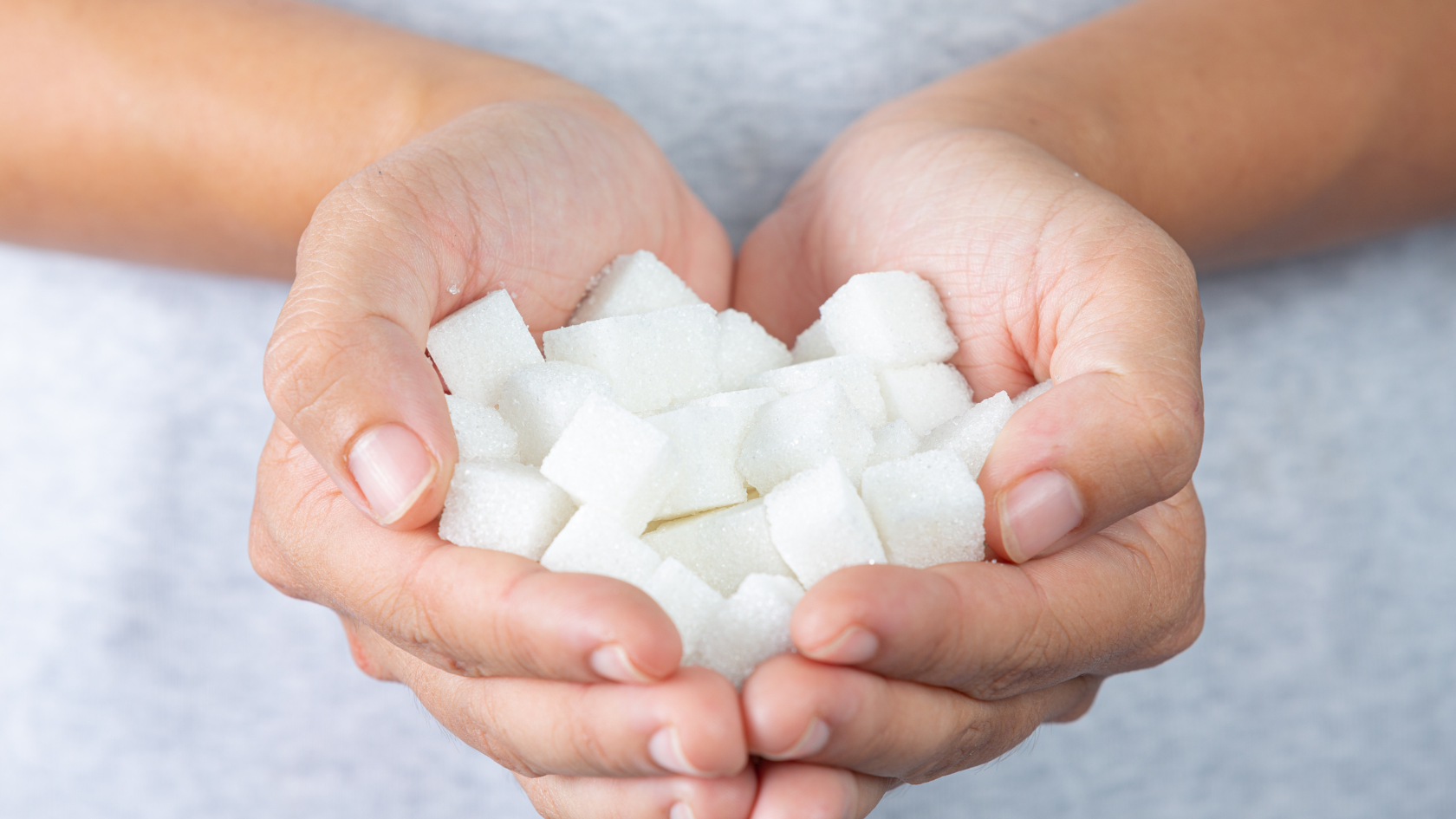When you skip breakfast or cut back on carbs, your body still craves a steady supply of sugar to keep your brain and red blood cells happy. That’s where gluconeogenesis comes into play. Think of it as your body’s secret glucose factory that kicks in like a quiet generator. It scavenges spare parts from lactate, glycerol, and certain amino acids, transforming them into fresh glucose to prevent you from crashing.
This subtle process mainly takes place in your liver (with a little backup from your kidneys) and keeps you going between meals, during overnight fasts, and through tough workouts. By grasping how it operates and its connection to weight management, you gain a valuable advantage when deciding on eating patterns like intermittent fasting or low-carb diets.
Key Takeaways
- Explains gluconeogenesis as the body’s backup glucose factory, using lactate, glycerol, and certain amino acids to stabilize blood sugar between meals and fasts.
- Highlights the liver’s lead role, with kidney support, and notes glycogen lasts 8–12 hours before gluconeogenesis ramps up during fasting, exercise, or low-carb diets.
- Outlines hormonal control: glucagon and cortisol increase production, while insulin slows it, and explains the Cori cycle recycling muscle lactate into glucose.
- Connects gluconeogenesis to weight loss: triglycerides split, glycerol feeds glucose, fatty acids form ketones, and protein protects muscle while supporting keto and intermittent fasting.
- Shares practical tips and safety notes: 12–16-hour fasts, prioritize protein, strength train, hydrate, and consult healthcare for liver disease or type 1 diabetes.
Table of Contents
The Basic Idea
Think of gluconeogenesis as reverse glycolysis. Instead of breaking glucose down, you’re building it from scratch using non-carb “building blocks” like lactate (from hard-working muscles), glycerol (from fat breakdown), and glucogenic amino acids (from dietary or stored protein).
Step-by-Step Snapshot
- Pyruvate to Oxaloacetate – Pyruvate carboxylase adds a carbon, using ATP.
- Oxaloacetate to Phosphoenolpyruvate (PEP) – PEP carboxykinase swaps a phosphate with GTP.
- Upstream Reversals – Multiple shared enzymes run glycolysis in reverse until fructose-1,6-bisphosphate hits a roadblock.
- Key Bypass Enzymes – Fructose-1,6-bisphosphatase and glucose-6-phosphatase finish the job, releasing free glucose into the blood.
When It Switches On
Your liver’s glycogen lasts roughly 8 – 12 hours. As stores fade, gluconeogenesis ramps up to keep blood sugar in the safe zone. Extended fasting, overnight sleep, endurance exercise, and very-low-carb or ketogenic diets all spark the pathway.
Hormonal Traffic Lights
- Glucagon and cortisol shout “go,” raising the rate.
- Insulin whispers “slow down,” easing production when carbs return.
These hormonal toggles keep glucose balanced without conscious input from YOU.
A Quick Word on the Cori Cycle
During sprinting or heavy lifting, lactate pours out of muscles, travels to the liver, and is recycled into glucose via the Cori cycle, an energy-saving loop powered by gluconeogenesis.
Gluconeogenesis And Medical Weight Loss: What It Means For You
Burning Fat While Making Sugar
Once glycogen is gone, your body breaks down stored triglycerides. Glycerol heads to the liver for gluconeogenesis, while the fatty acid portion becomes ketones. This dual track lets you burn fat yet keep enough glucose for critical tissues.
Low-Carb & Keto Diets
People worry that extra protein “turns into sugar” and blocks ketosis. Research shows gluconeogenesis is demand-driven, not automatic; it rises only as much as your body needs. Adequate protein actually preserves muscle while you lose fat.
Intermittent Fasting
During a 16-hour fast, gluconeogenesis covers up to 50 % of your glucose needs without causing muscle loss, provided total daily protein is adequate once you eat. That makes fasting a practical tool for trimming weight while maintaining lean tissue.
Safety Checks
Healthy livers handle gluconeogenesis effortlessly, but certain conditions (advanced liver disease, uncontrolled type 1 diabetes) can impair regulation. Work with a healthcare team before drastic diet changes if you have chronic illness.
Practical Tips For Leveraging Gluconeogenesis
- Space meals – 12–16-hour overnight fasts naturally stimulate fat use.
- Prioritize protein – 1.2–1.6 g/kg body weight keeps amino acid supply steady for repair without overfeeding.
- Strength train – Resistance exercise increases lactate, a prime substrate, while protecting muscle.
- Hydrate & electrolyte – Making glucose from amino acids and glycerol uses water and minerals, replacing them.
Used wisely, gluconeogenesis supports stable energy, better appetite control, and sustainable weight loss without carb dependency.
Ready To Take Charge Of Your Blood Sugar?
Frequently Asked Questions
Indirectly, yes. Breaking down stored triglycerides releases glycerol for glucose production and fatty acids for fuel, helping reduce fat mass over time.
It begins in a small way after about 8 hours without food and dominates once liver glycogen is spent, usually beyond 24 hours.
Not if you eat enough protein when you do eat and include resistance exercise; the pathway is demand-driven and spares muscle when amino acids are available.
No. It supplies the small amount of glucose your body still needs and does not “kick you out” of ketosis unless you drastically overshoot protein needs.
Yes, though the liver does the heavy lifting, kidney cortex cells also contribute, especially during prolonged fasting.
Glycolysis breaks glucose down for energy; gluconeogenesis builds glucose back up, often using some of the same enzymes in reverse with key bypasses.
Poorly controlled diabetes can send gluconeogenesis into overdrive, raising blood sugar. Working with your care team to balance meds, diet, and activity keeps it in check.


